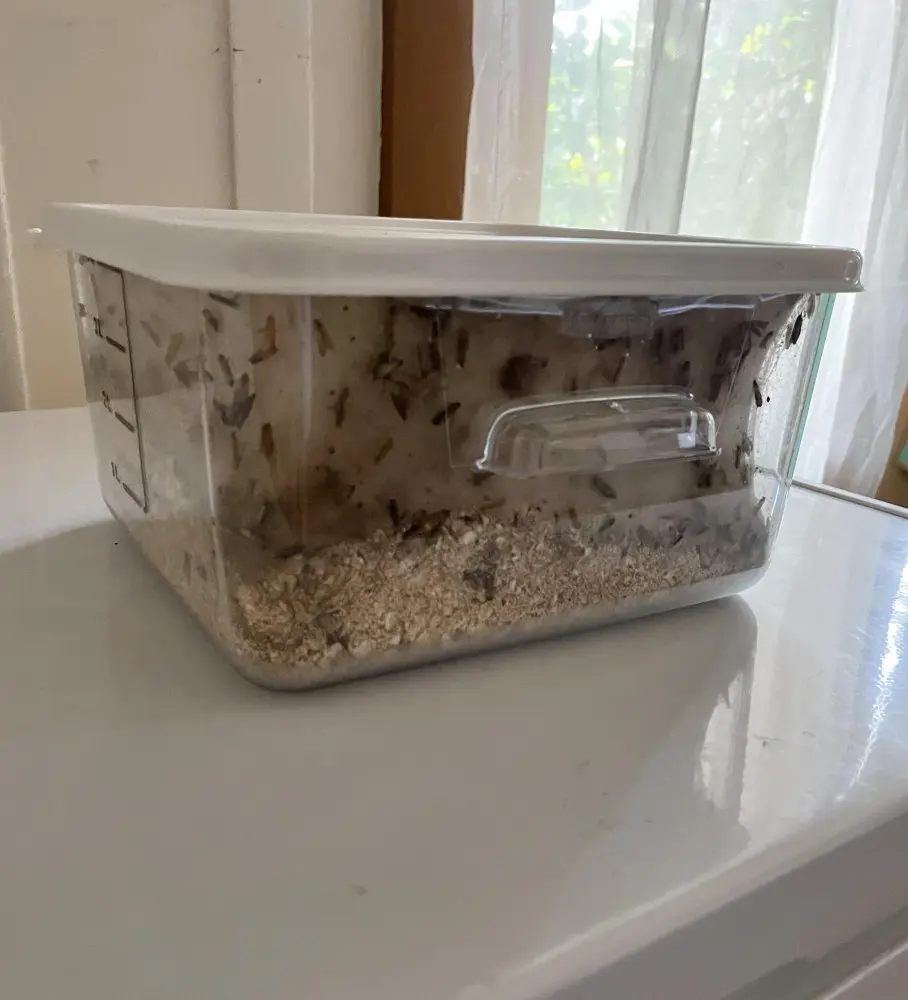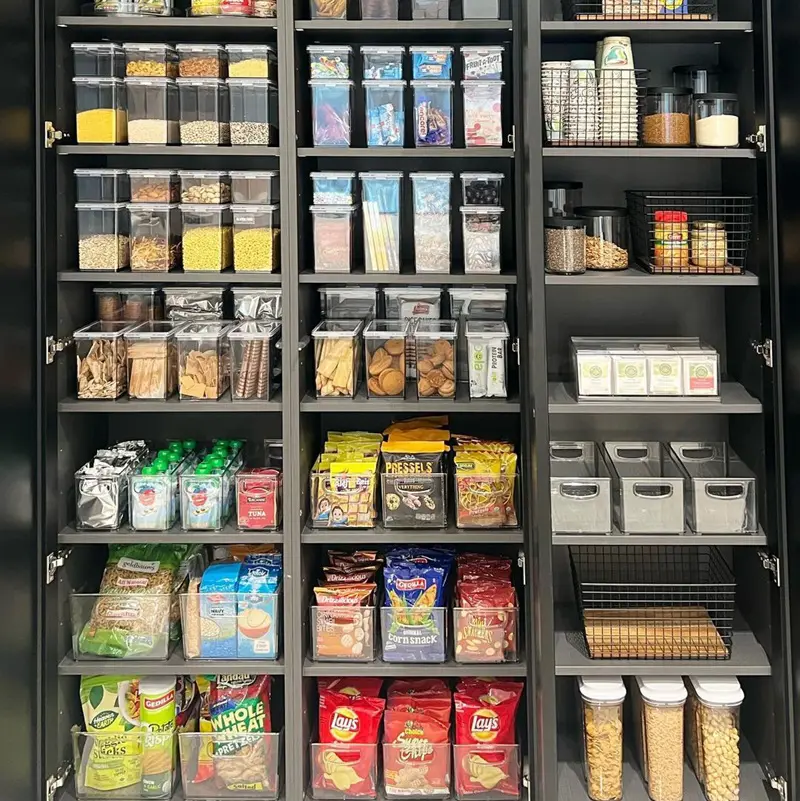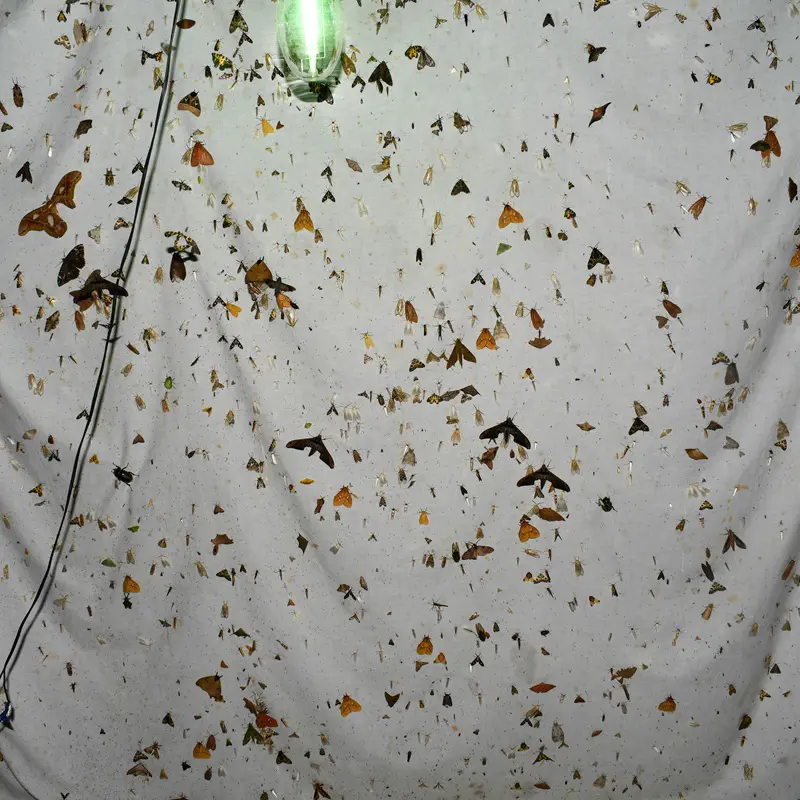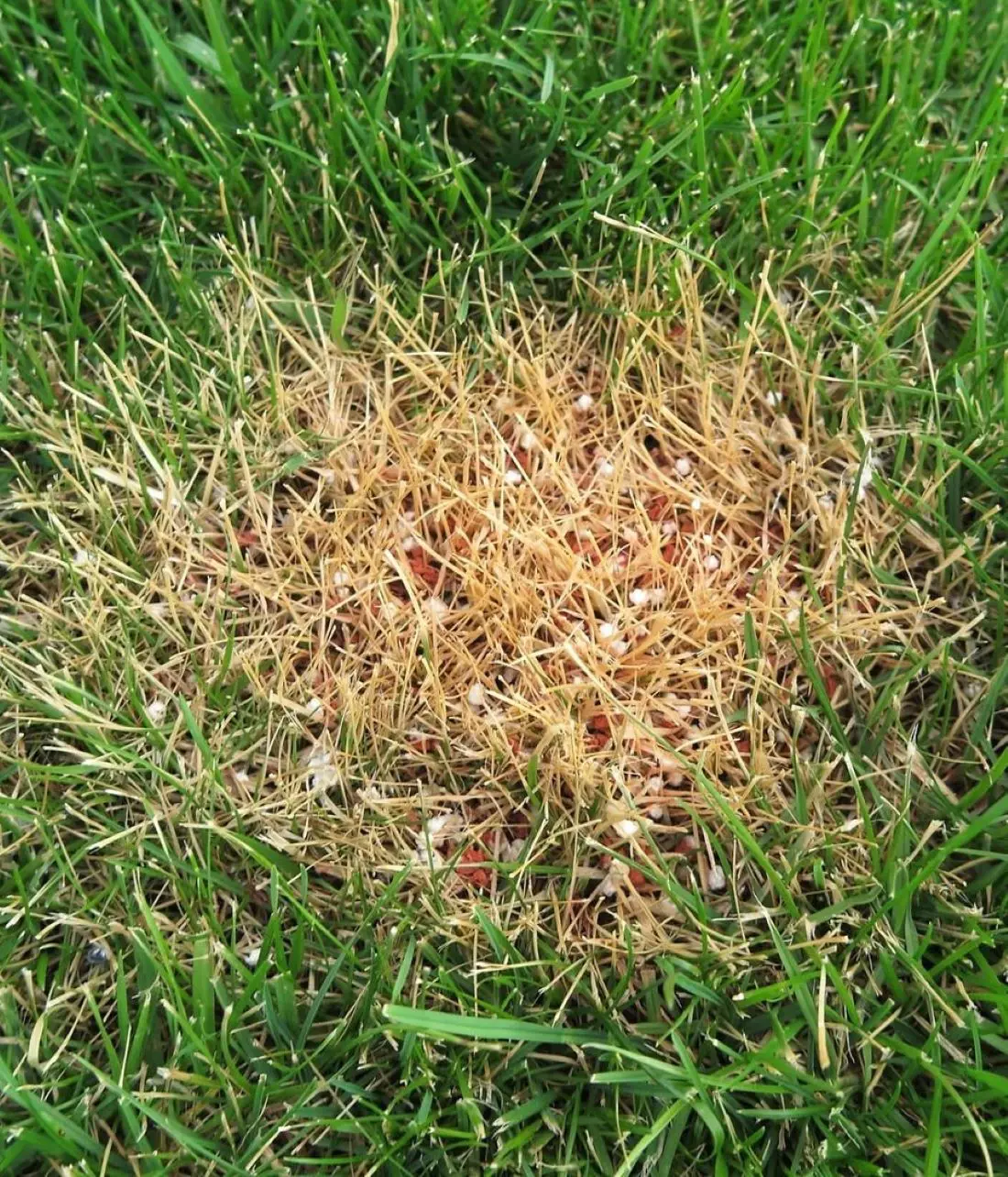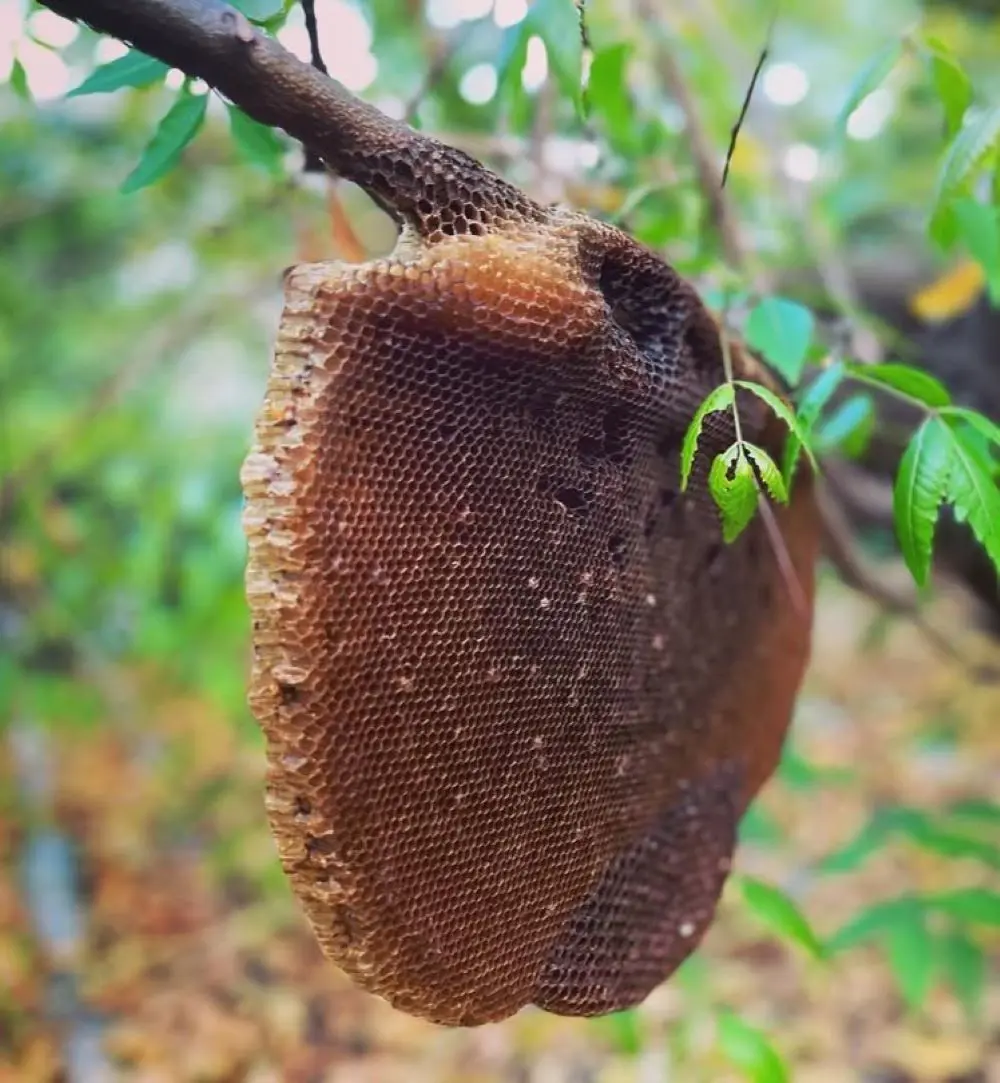Preventing pantry moths requires a bit of vigilance and proactive measures. We've listed down some ways to prevent future invasions
Inspect Before Purchasing
Before buying any dried goods, inspect the packaging for signs of damage, small holes, or webbing which could indicate moth activity or eggs.
Freezing Method
Upon bringing home items like flour, grains, or cereals, consider freezing them for several days. This kills any eggs or larvae that might be present. After freezing, store them in sealed containers.
Use Air-Tight Containers
Transfer dried goods from their original packaging into air-tight containers. Glass, metal (like tin), or heavy-duty plastic containers with tight seals are ideal. This prevents moths from accessing and laying eggs in your food.
Natural Moth Deterrents
Moths are repelled by certain scents. Place sachets filled with dried lavender, cedar chips, cloves, or bay leaves in your pantry. These natural repellents help keep moths away from your stored food.
Regular Cleaning and Inspection
Routinely inspect your pantry shelves, even if items are stored in containers. Check for any signs of moths, larvae, or webbing. Discard expired or unused products promptly, as moths are attracted to older food items.
Cleaning Regimen
Clean pantry shelves and storage containers with vinegar and water solution regularly. This not only helps to eliminate any food residues that might attract moths but also disrupts their scent trails, making your pantry less appealing to them.
By combining these steps, you create an environment that is less attractive to pantry moths and reduce the likelihood of an infestation. Regular maintenance and a watchful eye are key to keeping your pantry moth-free.
